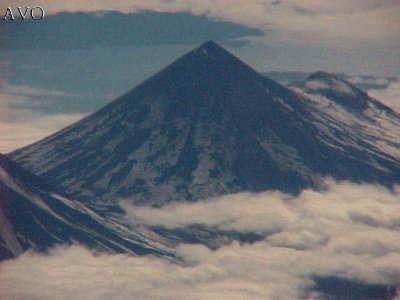
Picture 1 (U.S. Geological Survey J.Eichelberger) Recent picture of Pavlof taken in 1999.
Type of Volcano: Stratovolcano
Location: 953km southwest of Anchorage
Magma Composition: Basaltic / Andesitic
Volcano Structure: The volcano is 7km in diameter and has two active vents, one located on the northern side and the other on the eastern side (Miller et al, 1998) and the overall outline of the volcano appears cone shaped.
Historic Activity: Pavlof has been erupting since 1790 and has experienced more then forty periods of small to moderate activity since this time (Decker & Decker, 1998) with the latest eruption occurring from September 1996 to January 1997 (Wallace et al, 2000). The type of eruptions normally seen from Pavlof consist of Strombolian and Vulcanian eruptions where the main components are bombs and ash that normally reach heights of around 200 to 300m (Miller et al, 1998).
The largest eruption in Pavlof's history occurred in 1911 when a fissure opened expelling large lava flows, together with these flows large blocks were expelled from the volcano. In more recent times a period of high activity was noted from 1986 through to 1988 where large volumes of ash and steam were expelled together with lava flows and also lava fountains. The most recent eruption during 1996 to 1997 produced episodes of explosive activity combined with with gentler activity.
|
Picture 1 (U.S. Geological Survey J.Eichelberger) Recent picture of Pavlof taken in 1999. |
INTRODUCTION SITE 1 SITE 2 SITE 3 SITE 4 LINKS